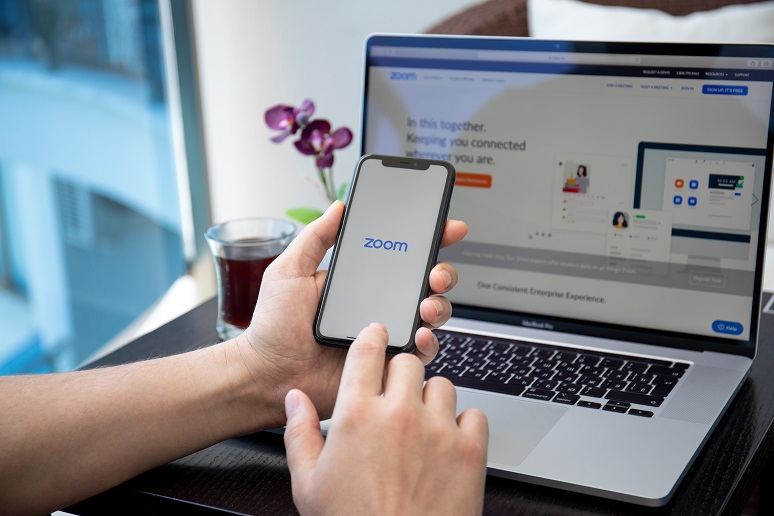Prior to the pandemic, a Nemertes Research global study of approximately 565 end-user organizations found that voice conversations were already shifting from phone systems to meeting services for both external and internal calls. Nearly half (45%) admit to using video-enabled meeting applications for internal calls, while 37% do so for external calls. Participants expected to see slight growth in these numbers in 2020, even before COVID-19 hit. Now growth has rapidly accelerated as more than 91% of organizations are using apps like Teams and Zoom to support work-from-home.
The growing use of Teams and Zoom is causing IT leaders to take another look, and in some cases, accelerate their organization’s shift to the cloud for its calling platforms. In 2019 Nemertes found that 19.1% of organizations had already moved to UCaaS, nearly double the 11% who had adopted it in 2018. More importantly, that number had grown to just over 34% in Q1 of 2020.
Businesses that still operate on-premises platforms face several challenges, such as:
- As calling shifts to meeting apps, they are still paying for expensive infrastructure and PSTN connectivity that they may not entirely need
- Supporting home workers when using on-premises calling platforms requires purchasing VPN services, edge servers, or other infrastructure to enable remote workers to connect to the corporate network
- Managing call quality is problematic, especially for home workers with poor network connectivity, or when the organization is not yet supporting adaptive audio codecs
- Supporting E911 location and call routing for home locations can require substantial management resources
- Organizations must manage home devices from a security perspective to minimize risk
Teams and Zoom both offer calling services. Therefore it stands to reason that organizations that are already using one of those apps for meetings would investigate adopting them for telephony as well. The purpose of this would be to provide an end-user experience that seamlessly integrates calling, team collaboration, and video-enabled meetings. In many cases, doing so offers significant opportunity to reduce costs by leveraging existing licenses, or by adding telephony onto existing license plans.
Beyond licensing for telephony features, both services offer similar options for PSTN connectivity, allowing customers to pay a flat monthly fee for PSTN access, or to use their personal SIP trunking services (an approach known as “Bring Your Own Carrier” or BYOC). Enterprises considering Zoom or Teams must weigh cost and flexibility versus convenience. While it can appear to be simple to add PSTN connectivity for a flat monthly fee, that approach may cost more in the long run.
For example, Nemertes found that those using Microsoft calling plan to connect Teams phone system to the PSTN were spending an average of $12 per month for domestic-only plans, and $24 per month for international plans. However, on average Microsoft calling plan customers only use between 50% and 75% of available minutes, meaning that customers are paying for services they aren’t using.
Alternatively, businesses using BYOC with Microsoft Direct Routing to connect their personal SIP trunking provider say that the average per-user per-month spend on PSTN access is $7.91 for services offering both domestic and international long-distance. Although typically, there are additional usage-based charges for international calling. That represents a significant opportunity for savings compared with Calling Plan, especially for larger organizations. We haven’t yet gathered similar data for Zoom customers, but given Zoom’s list price of $15 per-license per month for unlimited U.S. domestic minutes will likely mean similar cost savings opportunities for those using the BYOC approach.
BYOC offers other significant benefits to enterprises, beyond simple cost savings. These include the ability to retain control over dialing plans and phone numbers, E911 location advantages, call routing solutions offered by the SIP trunking provider, and multiple cloud providers support (e.g., Teams or Zoom for calling and another cloud provider for contact center). BYOC also solves porting challenges by enabling customers to run SIP trunks alongside existing TDM trunks as they transition call control to the cloud.
Enterprises evaluating adopting Microsoft Teams or Zoom should take the time to understand PSTN connectivity options and consider BYOC, where it makes sense to save money, improve flexibility, and to maintain control of phone number resources.











